Buy the photo Blue light emitting from the inside by Frank's Awesome Travels on canvas, ArtFrame, poster and wallpaper, printed on demand in high quality.
About "Blue light emitting from the inside"
by Frank's Awesome Travels
About the artwork
Blue light emitting from inside the crevices on the massive ice sheet in Paradise Bay in the Antarctic Peninsula. It's the result of how ice absorbs and scatters light. Specifically, the ice absorbs longer wavelengths of light (red, orange, yellow) more effectively than shorter wavelengths (blue, violet). This selective absorption means that as light travels through the ice, the redder colors are absorbed, leaving behind the blue light to be transmitted and scattered, giving the ice its blue appearance.

About Frank's Awesome Travels
Let me start by introducing myself. I'm Frank from the Netherlands, currently sixty-eight years old and retired for over a decade already. This gives me plenty of time to spend on one of the most fascinating hobbies I have, photography. It combines really well with travelling, another.. Read more…
 Germany
Germany Ordered in October 2019
Ordered in October 2019
 Netherlands
Netherlands Ordered in May 2025
Ordered in May 2025
 Netherlands
Netherlands Ordered in July 2019
Ordered in July 2019
 Germany
Germany Ordered in January 2022
Ordered in January 2022
 Germany
Germany Ordered in March 2019
Ordered in March 2019
 Netherlands
Netherlands Ordered in July 2018
Ordered in July 2018
 Germany
Germany Ordered in February 2021
Ordered in February 2021
 Netherlands
Netherlands Ordered in April 2023
Ordered in April 2023
 Germany
Germany Ordered in April 2025
Ordered in April 2025
 Netherlands
Netherlands Ordered in June 2021
Ordered in June 2021
 Germany
Germany Ordered in January 2023
Ordered in January 2023
 Germany
Germany Ordered in March 2020
Ordered in March 2020
About the material
ArtFrame™
Interchangeable Art Prints
- High-quality print
- Easily interchangeable
- Acoustic function
- Large sizes available
Discover the artworks of Frank's Awesome Travels
 House with the plantsFrank's Awesome Travels
House with the plantsFrank's Awesome Travels Front viewFrank's Awesome Travels
Front viewFrank's Awesome Travels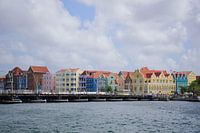 Approaching the Queen Emma bridgeFrank's Awesome Travels
Approaching the Queen Emma bridgeFrank's Awesome Travels Fern PoolFrank's Awesome Travels
Fern PoolFrank's Awesome Travels The Chrysler Building at sunsetFrank's Awesome Travels
The Chrysler Building at sunsetFrank's Awesome Travels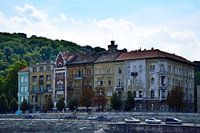 Historic houses on the Buda sideFrank's Awesome Travels
Historic houses on the Buda sideFrank's Awesome Travels Northern viewFrank's Awesome Travels
Northern viewFrank's Awesome Travels Colourful shopping in DingleFrank's Awesome Travels
Colourful shopping in DingleFrank's Awesome Travels The yellow cabFrank's Awesome Travels
The yellow cabFrank's Awesome Travels Jagged rocks #3Frank's Awesome Travels
Jagged rocks #3Frank's Awesome Travels Arches, tunnels and stairs lead to the seatsFrank's Awesome Travels
Arches, tunnels and stairs lead to the seatsFrank's Awesome Travels San Antonio Vegueta BibliotecaFrank's Awesome Travels
San Antonio Vegueta BibliotecaFrank's Awesome Travels Eleven rectanglesFrank's Awesome Travels
Eleven rectanglesFrank's Awesome Travels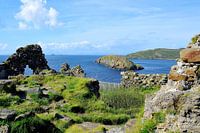 Not much leftFrank's Awesome Travels
Not much leftFrank's Awesome Travels Lunch with an exceptional viewFrank's Awesome Travels
Lunch with an exceptional viewFrank's Awesome Travels Casino RoyaleFrank's Awesome Travels
Casino RoyaleFrank's Awesome Travels Blossoming treeFrank's Awesome Travels
Blossoming treeFrank's Awesome Travels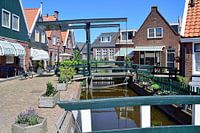 Canals need bridges to crossFrank's Awesome Travels
Canals need bridges to crossFrank's Awesome Travels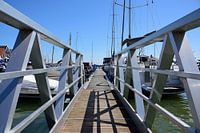 Going on the jettyFrank's Awesome Travels
Going on the jettyFrank's Awesome Travels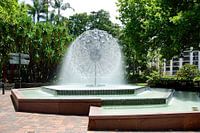 The El Alamein Memorial FountainFrank's Awesome Travels
The El Alamein Memorial FountainFrank's Awesome Travels
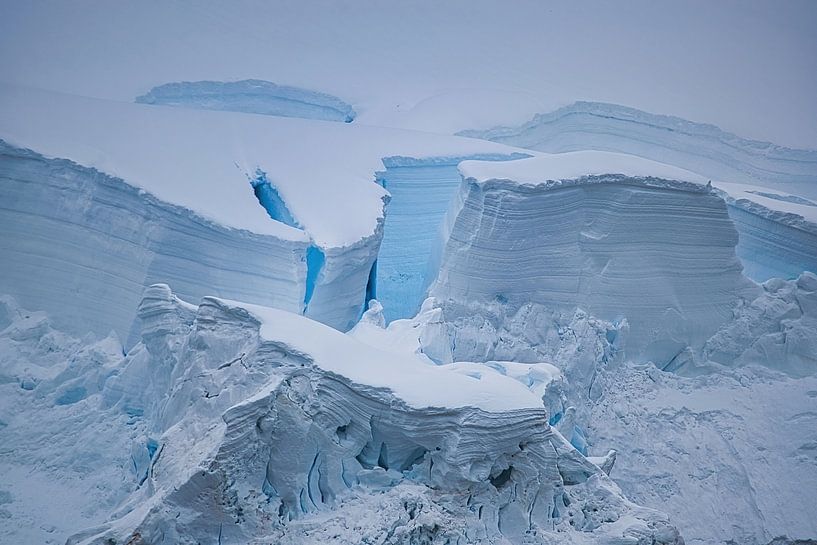












 Ice
Ice Mysterious Spheres
Mysterious Spheres Photo wallpaper
Photo wallpaper Photography
Photography Serene Peace
Serene Peace









